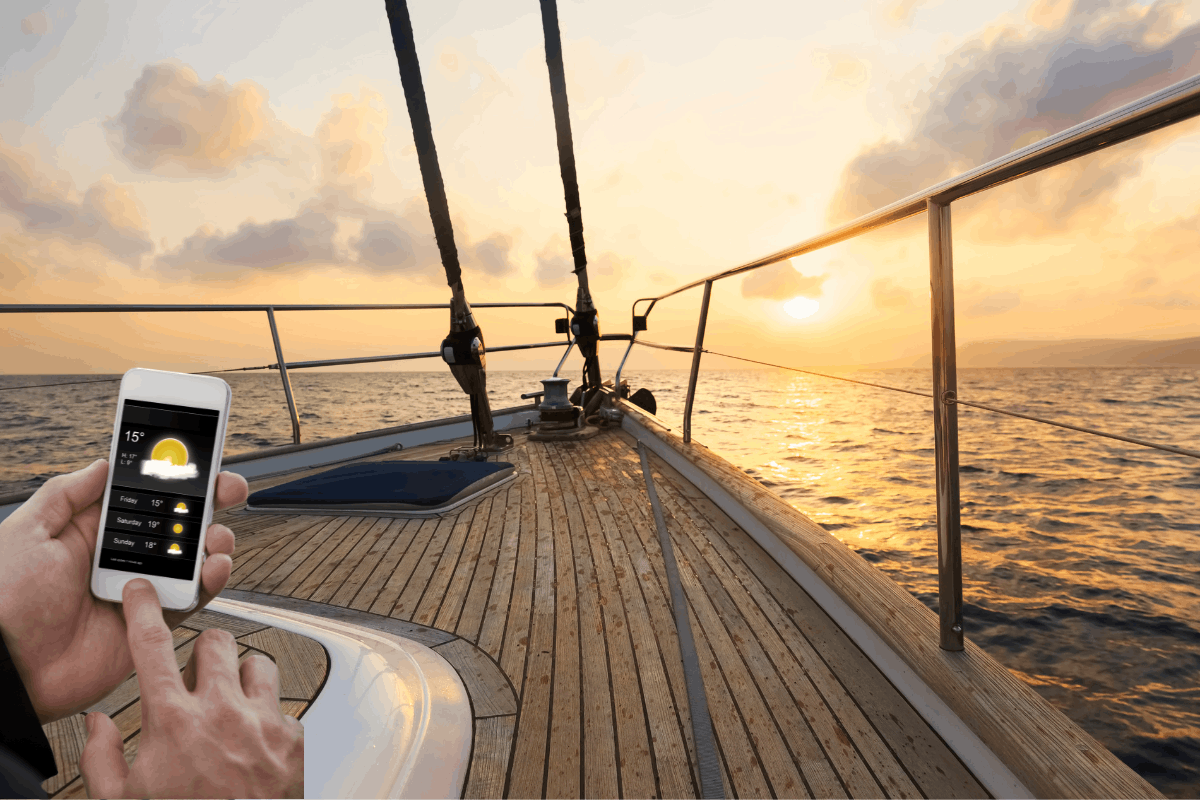How to Conquer Seasickness: The Comprehensive Guide to Smooth Sailing
Anyone who set sail knows the fear of seasickness, but we have good news… seasickness can be avoided if you act correctly!
Most charter destinations are relatively protected from waves and comfortable for sailing, but there are always exceptional cases when this unpleasant feeling may arise during sailing. Seasickness can turn even the shortest sail in paradise into a bad memories for the crew, so to avoid that, we have put together a number of coping tips…
What is seasickness anyway?
“Seasickness” (or Motion sickness) is not really a disease, but rather a physical phenomenon, caused by conflicting information between the inner ear and the eyes.
If your body is not accustomed to the movement, this conflicting information could make you feel dizzy and nauseous (other symptoms include anxiety, accelerated pulse, pallor, and cold sweat).
*When dealing with seasickness, Experience and mental focus have great significance. As you gain more experience in sailing, your body will learn and adapot itself faster to the movements of the boat. Also, when you actively participate in operating the yacht, the physical and mental syptoms tend to dissippate.
is it dangerous?
In extreme cases, where the feeling of nausea prevents you from drinking enough, your body may become dehydrated which is a significant danger, the key is to drink small sips every now and then or even keep a little water in your mouth so that it is absorbed slowly.
How can you ease the feeling?
- Don’t go sailing with an empty stomach, instead eat something light an hour or so before departure .
- Avoid eating fatty or acidic foods while sailing.
- Stay in the open cockpit and try to position yourself in the center of the yacht where the movement is less noticeable (avoid the bow or stern).
- Try to stand in the fresh air, breathe deeply, slowly and calmly.
- Avoid closed environment with strong smells (such as the yacht kitchen).
- Avoid alcoholic drinks and smoking, they may worsen the bad feeling.
- Try to be busy and take an active part in the operation of the yacht.
- Look at the horizon and avoid reading books or watching screens.
- Seasickness (like yawns) is somewhat social… try to avoid being around those who are not feeling well.
- Relax your body and surrender to the movement of the boat, don’t “fight” it by contracting your stomach.
- If a real sensitivity is known or if it is expected to be an uncomfortable passage, you can always use Motion sickness treatment. The market is flooded with solutions such as pills*, stickers, bracelets, as well as natural remedies.(*Seasickness pills should be taken half an hour before departure! Don’t wait for nausea).
What do you do if you have already started to feel unwell?
- From personal experience, steering the yacht improves the feeling as it allows greater sense of responsibility and control of the situation.
- If the symptoms worsen – you can lie on your back and close your eyes, it is recommended to try and fall asleep, but it should be taken into account that even while lying down and falling asleep you may feel nausea.
- For relief, it is possible to use various medicines that helps to relieve the nausea (*some medicines may cause drowsiness and other side effects, you should always consult a doctor or pharmacist before use).
- It is recommended to drink water with ginger or lemon and remember that The feeling will quickly pass when stepping back on land.
- Under certain conditions and only with the skipper approval, it may be helpful to stop for a short swim in the water – in that case it is imperative to secure yourself properly and slow down the yacht as much as possible.
Proper yacht operation
A well-operated yacht greatly reduces the risk of getting seasick. In the event of rough or rolly seas, you can take the following actions:
- When sailing under engine, hoist the mainsail. This will help to reduce the rolling effect caused by waves.
- Pass the waves at an angle to avoid slamming or rolling motion.
- In unfavorable weather conditions, opting out of sailing is always a wise choice.
- Plan relatively short passages (three to four hours long) with swimming stops on the way to refresh the crew.
Conclusion:
While seasickness is a common challenge for sailors, with proactive measures and a positive mindset, you to can overcome it and enjoy every moment on the water.
Bon voyage and smooth sailing



